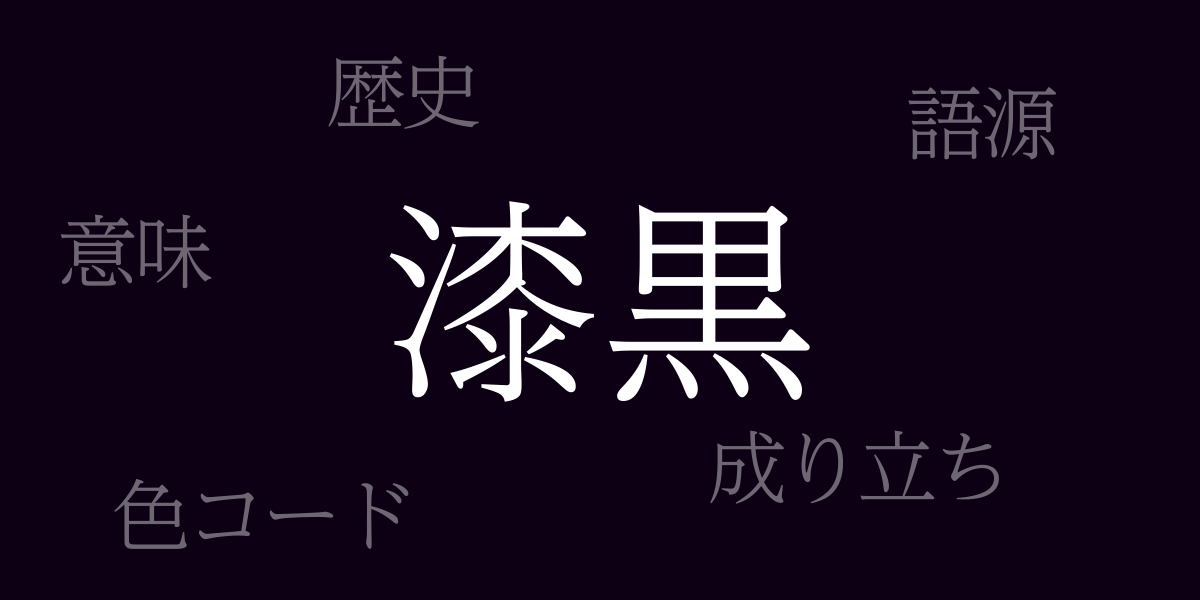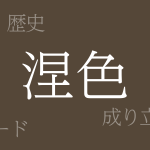The enveloping darkness of night invites us into the world of Shikkoku (漆黒 – しっこく), a traditional Japanese color of profound depth and history, celebrated not merely as black but as a color of unique presence. This article delves into the allure of Shikkoku, exploring its history, color codes, and its international name, unveiling the mysteries of this captivating hue.
About Shikkoku (漆黒 – しっこく)
Shikkoku, true to its name, is a deep black that seems to swallow light, akin to the lacquer used in traditional Japanese lacquerware. Revered for its luxury and formality, Shikkoku is not just a dark black but has a unique luster and depth, subtly gleaming when viewed from different angles.
The History of Shikkoku
The origins of Shikkoku trace back to ancient Japan. By the Nara period, lacquer crafts were flourishing, and Shikkoku was one of the most crucial colors. In the Heian period, it was used in aristocratic garments and architecture, establishing itself as a symbol of power and mystique. Over time, Shikkoku secured an unshakeable place within Japanese tradition and culture.
Color Codes for Shikkoku
In digital design and web production, color codes are essential for accurately recreating Shikkoku’s beauty. Below are the standard color codes for Shikkoku:
- HEX: #0D0015
- RGB: R:13 G:0 B:21
- CMYK: C:90 M:94 Y:76 K:71
Western Name for Shikkoku
The Western name for Shikkoku is often ‘Jet Black.’ Jet Black refers to the deep, glossy black similar to the gemstone jet, used internationally to denote luxury and sophisticated darkness.
Summary of Shikkoku
As a traditional Japanese color, Shikkoku has played a significant role throughout history and culture. Its deep tone and gloss continue to enchant many, even in the digital age, through its color codes, cherished by designers and creatives worldwide. Shikkoku is more than just a color; it symbolizes Japanese aesthetics and spirituality.

























